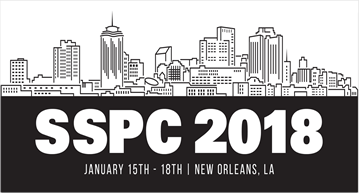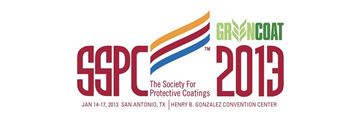Search
Products tagged with 'coatings'
View as
Sort by
Display
per page
What is So Special About Nuclear Coatings?
Product Number:
51218-133-SG
Publication Date:
2018
$20.00
What is Needed for Bridge Coating to Last 100 Years (or More)
Product Number:
41209-490-SG
Publication Date:
2009
$20.00
What’s a Polyurea Elastomer Contractor to Do?
Product Number:
41206-279-SG
Publication Date:
2006
$20.00
When Undercover Agents are Tested to the Limit: Coatings in Action (CIA) and Corrosion Under Insulation (CUI) at High Temperature
Product Number:
41213-774-SG
Publication Date:
2013
$20.00
When Undercover Agents Can’t Stand the Heat” The CIA and the Nether World of Corrosion Under Insulation (CUI)
Product Number:
41212-694-SG
Publication Date:
2012
$20.00
Windmills - Fast Production Schedules with Novel Zinc Primers and Polyaspartic Ester Topcoats
Product Number:
41205-188-SG
Publication Date:
2005
$20.00
Women in Coatings: The Present State and A Glimpse of Our Future
Product Number:
41212-696-SG
Publication Date:
2012
$20.00
Zinc Rich Primers for Corrosion Protection
Product Number:
41212-662-SG
Publication Date:
2012
$20.00








